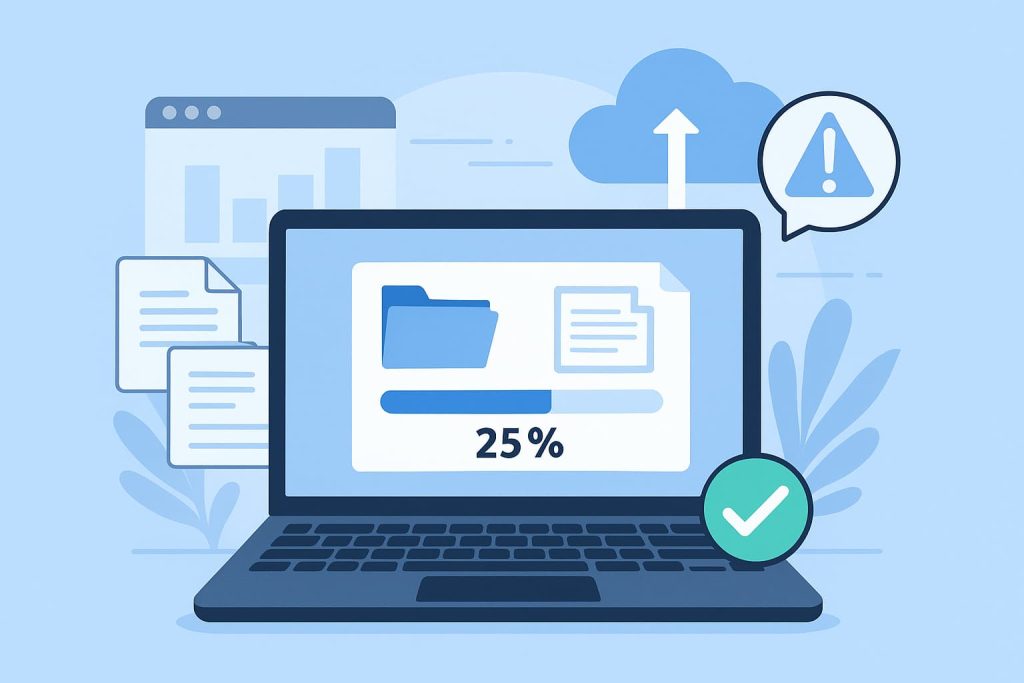Preventing Cloudflare Rate-Limit Errors (HTTP 429) — A Practical Guide with CloudBypass API
If your crawler, monitoring job, or data pipeline runs into Cloudflare’s HTTP 429: Too Many Requests, you’re hitting adaptive protections tuned to stop robotic bursts and unfair resource use.
The solution isn’t to push harder; it’s to operate more like a well-behaved browser: paced, session-aware, and observant.
This guide distills field-tested practices to prevent rate limits, keep throughput high, and reduce maintenance — with notes on where CloudBypass API fits.
Why Rate Limits Trigger
Cloudflare scores traffic by pattern, not just volume.
Triggers typically include uniform timing, sudden concurrency spikes, missing cookies, reused low-reputation IPs, and repeated hits to heavy endpoints.
The system adapts: once you cross thresholds, it raises the wall with delays, 429s, or challenges.
Recovering requires time and better behavior, so preventing the trigger is cheaper than fixing it later.
Core Principles for Staying Under the Radar
Act like a person, scale like a system.
Use natural rhythms, keep sessions alive, and distribute load.
Design with feedback loops so your crawler slows itself before Cloudflare needs to slow you.
Treat every target as a shared resource, not a benchmark.
Architecture That Avoids 429s
- Session Persistence: Reuse cookies and tokens across related requests.
- Adaptive Rate Control: Vary intervals; avoid fixed beats.
- Per-Target Concurrency Caps: Separate global workers from per-domain limits.
- Regional Load Spreading: Rotate through clean routes; avoid hot-spotting one ASN.
- Endpoint-Aware Scheduling: Stagger expensive pages; interleave light and heavy calls.
- Backoff Queues: Upgrade to exponential or jittered backoff after any 429/503.
Proven Tactics (Playbook)
- Warm Sessions First
Start with a low cadence to establish cookies and credibility, then ramp gradually. - Humanized Timing
Add ±10–25% jitter to intervals. Mix think-time pauses after clusters of requests. - Concurrency Guardrails
Use a token bucket per host. Begin small (e.g., 2–4 in-flight), let metrics justify increases. - Retry With Patience
On 429, back off exponentially with jitter; on 503, pause longer; on repeated 403, stop. - Rotate, Don’t Spin
Prefer a small pool of reputable routes over huge churn. Stability beats randomness. - Cache and Deduplicate
Don’t re-fetch unchanged resources. Cache TTLs reduce load and suspicion. - Shape Bursts
Queue spikes, release in waves, not floods. Align releases on low-traffic windows. - Stagger Heavy Endpoints
Separate product/detail pages from search or aggregation pages; interleave them.

Observability: Metrics That Matter
Track these four signals and auto-tune around them:
- 429/503 Rate: Primary stress indicator; define thresholds that trigger throttling.
- Median & P95 Latency: Rising tails suggest approaching soft limits.
- Turnstile/Challenge Incidence: Early warning that behavior looks robotic.
- Session Survival Time: Longer sessions correlate with fewer defensive responses.
CloudBypass API — Where It Helps
Even disciplined crawlers hit evolving defenses.
CloudBypass API provides a verification-aware layer that automatically handles JavaScript checks, Turnstile, session continuity, and traffic shaping.
Requests leave your system clean and return as validated sessions, without brute-force retries.
You keep your parsing and business logic; CloudBypass reduces block frequency and smooths throughput with distributed, realistic behavior.
Team Playbook: Rollout in Three Phases
Phase 1 — Baseline:
Throttle to conservative limits; enable session reuse; add jitter; implement backoff; log 429/503/latency.
Phase 2 — Stabilize:
Introduce per-host token buckets; stagger heavy endpoints; regionalize routes; set auto-throttle based on 429 thresholds.
Phase 3 — Optimize:
Adopt CloudBypass for sites with persistent challenges; tighten caches; raise concurrency only when 429 rate stays low for sustained windows.
FAQ
1. What’s the fastest way to stop 429s right now?
Cut concurrency in half, add jitter to timing, and enable exponential backoff on all retries.
2.Do more proxies always help?
No. Reputation and consistency beat sheer quantity. A few clean routes outperform many noisy ones.
3. Why do 429s persist after I slow down?
Cloudflare’s score cools over time. Maintain good behavior for a cooling period before ramping.
4.How does CloudBypass API reduce 429s?
By shaping traffic, maintaining sessions, and completing challenges so your requests look like legitimate browsing.
5. What’s a good health target?
Sustained sub-1% 429/503, stable latency, and long session lifetimes across runs.
Rate limiting is a boundary, not a brick wall.
Operate with human-like pacing, persistent sessions, and adaptive control.
Instrument everything, let feedback drive speed, and use CloudBypass APIto handle verification and shaping.
Do this, and 429s become rare events — not your daily bottleneck.